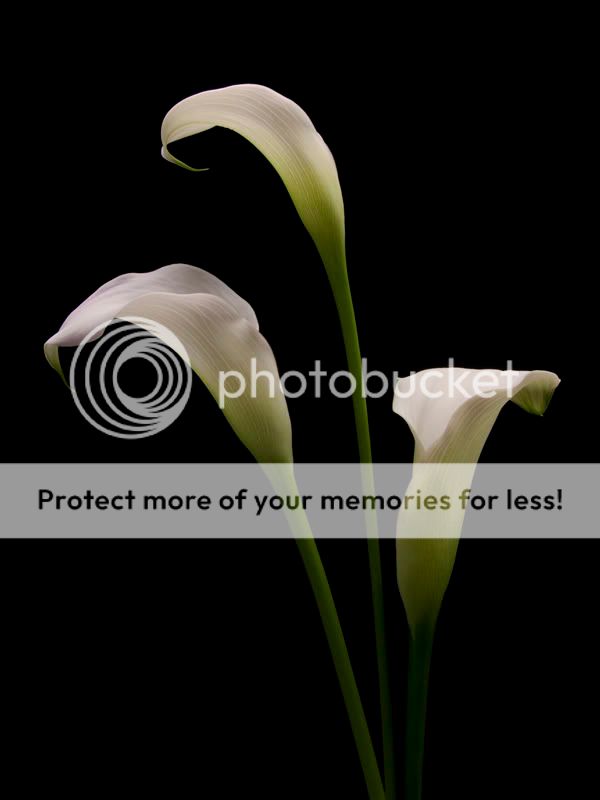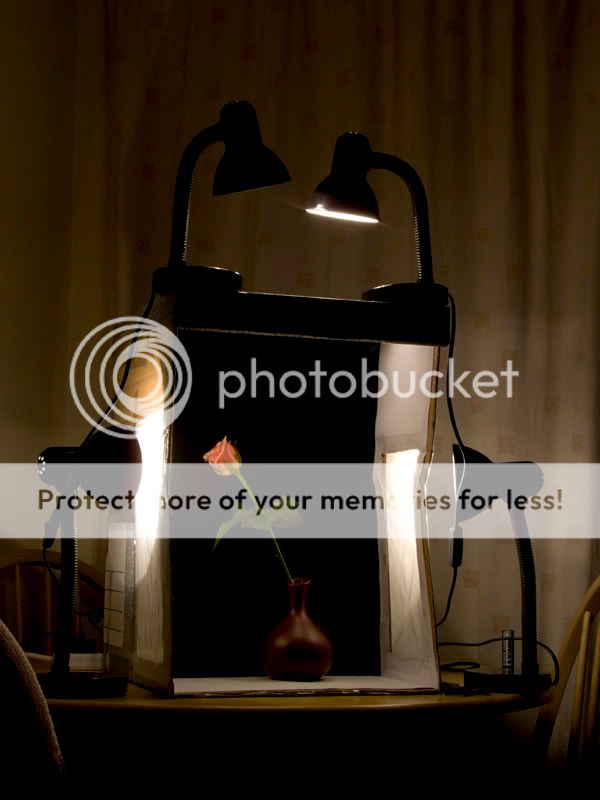- Messages
- 1,531
- Name
- Steven
- Edit My Images
- Yes
Hi everyone,
I received my light tent today - 80cm2, so it's pretty big! I currently have it set up with only one light on the right hand side. I'm finding it's pretty dark at the moment, probably due to the wattage of the bulb and the fact that it's not a spot-light type lamp.
I took a few shots, and this was the best:

On a lot of the pictures I took, the black backdrop was visible and it was easy to spot the creases and dust of it. I found that I had to reduce the shutter speed quite a lot of get rid of it and blacken it out.
When taking shots of things which weren't on the ground, I found it very difficult to get rid of the backdrop:

Or even further away, where it becomes obvious:

Any tips/advice would be greatly appreciated!
Also, I need some lights, so if anyone can recommend anything fairly cheap, that would be awesome!
I received my light tent today - 80cm2, so it's pretty big! I currently have it set up with only one light on the right hand side. I'm finding it's pretty dark at the moment, probably due to the wattage of the bulb and the fact that it's not a spot-light type lamp.
I took a few shots, and this was the best:

On a lot of the pictures I took, the black backdrop was visible and it was easy to spot the creases and dust of it. I found that I had to reduce the shutter speed quite a lot of get rid of it and blacken it out.
When taking shots of things which weren't on the ground, I found it very difficult to get rid of the backdrop:

Or even further away, where it becomes obvious:

Any tips/advice would be greatly appreciated!
Also, I need some lights, so if anyone can recommend anything fairly cheap, that would be awesome!




